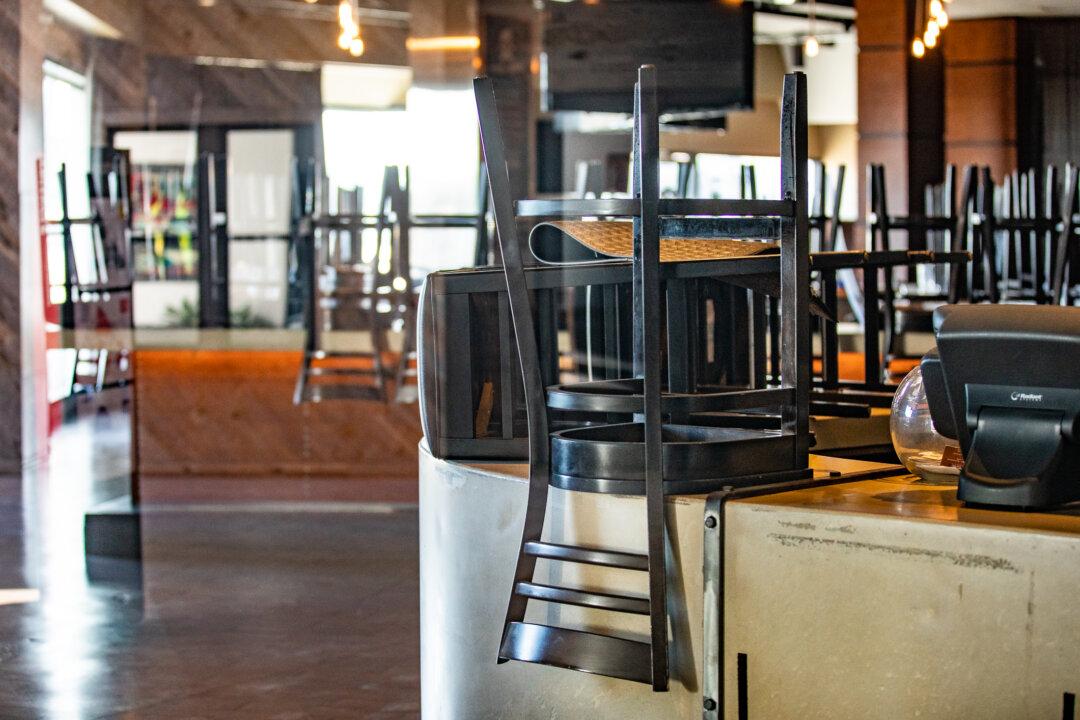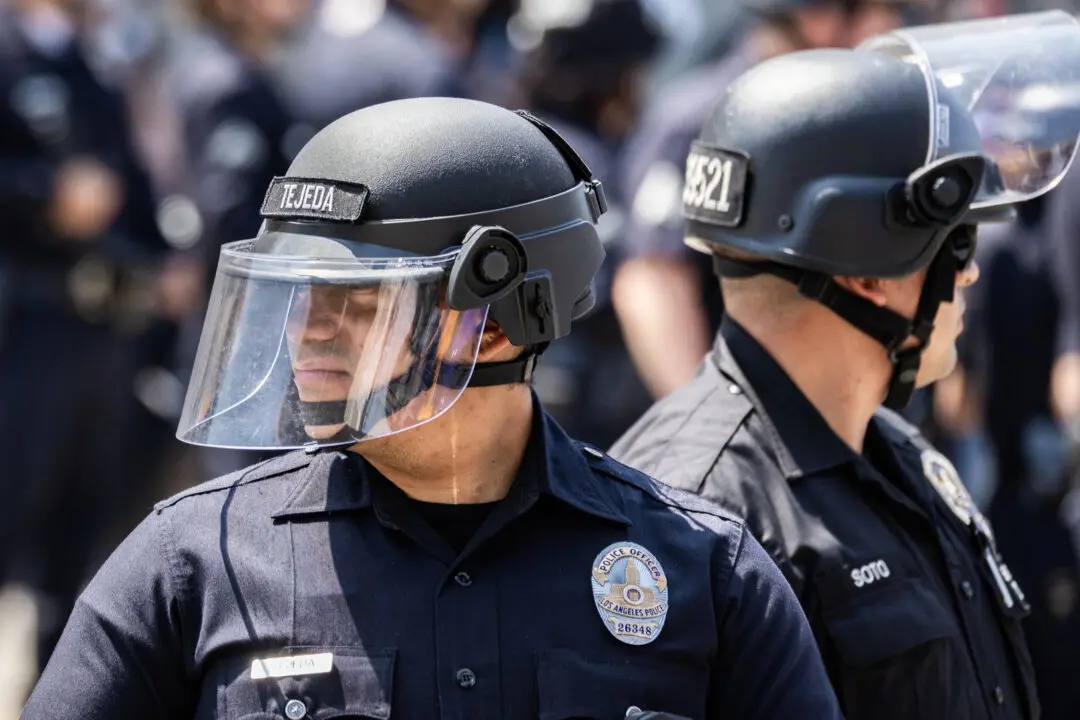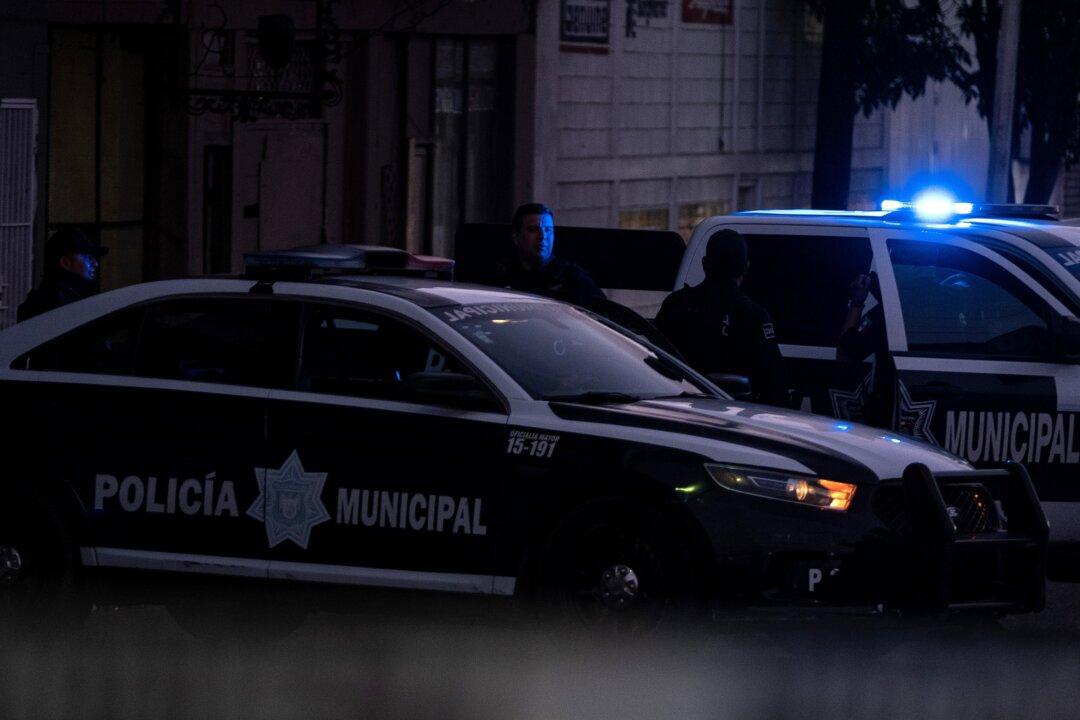LOS ANGELES (CNS)—As expected, a regional stay-at-home order in effect across Southern California due to surging COVID-19 hospitalizations was formally extended Dec. 29, continuing a ban on all gatherings of people from different households and in-person dining and setting strict capacity limits at many businesses.
The state’s regional order, which covers an 11-county Southern California area, took effect at 11:59 p.m. Dec. 6 and was set to expire Dec. 28. But with the region’s intensive care unit (ICU) capacity at hospitals still effectively listed at zero percent, Gov. Gavin Newsom said Dec. 28 the order was all but certain to be extended.





